Defensive driving starts with you.
It can be a jungle out there on the road … and time-crunched drivers often produce a hectic environment full of aggressive maneuvers and little to no consideration for other vehicles. That’s when accidents happen, but you can be the one that makes all the difference.
Defensive driving involves much more than on-the-spot responses when you’re in traffic. Here are some things you can do to stay ahead of the curve:
1. Plan Ahead

Surprisingly, defensive driving starts before you even leave home. Get in the habit of checking weather conditions, and if you know it’s going to be a wet or icy commute, make sure you leave yourself enough time to make that trip carefully, instead of feeling rushed during your commute and driving faster than you should in bad conditions. Take extra precaution when it comes to making tight turns like when you merge on and off of highway ramps. You should be mentally ready to make those turns extra slow. If at all possible, stick to a lane with a shoulder next to it, so you have somewhere to move in an emergency.
2. Always Scan Your Surroundings
“That car came out of nowhere!” If you’ve ever heard someone talk about what happened during a motor vehicle accident, those words are uttered all too often. It’s impossible to see everything that’s around you all the time. That’s why it’s important to continuously check your mirrors and thoroughly scan intersections well before you pass through them. Defensive driving means getting in the habit of taking a quick peek down intersecting streets as you approach them so you can avoid being T-boned by a careless driver not paying attention to their red light. The ultimate goal is to always anticipate where vehicles will be a few seconds later so you can respond quickly.
3. Brake Early
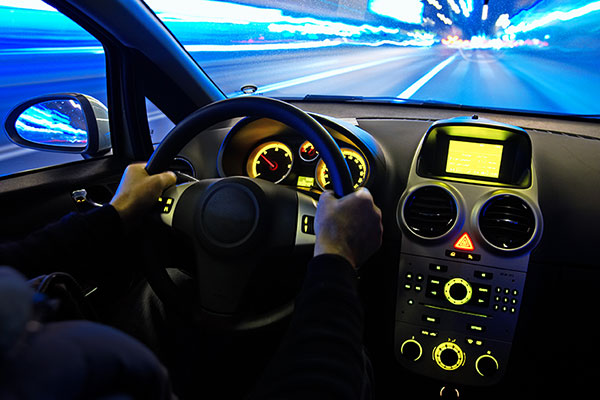 Defensive driving means leaving a little more space between you and the cars in front you than you anticipate needing—and brake early. In fact, it’s always a good idea to slow down a little sooner, especially in slippery conditions. Expect that it will take two or three times as long to come to a complete stop after making the decision to apply the brakes. This gives you more room to stop if someone ahead of you brakes suddenly, and gives people behind you even more of a heads up that you are stopping when they see your brake lights.
Defensive driving means leaving a little more space between you and the cars in front you than you anticipate needing—and brake early. In fact, it’s always a good idea to slow down a little sooner, especially in slippery conditions. Expect that it will take two or three times as long to come to a complete stop after making the decision to apply the brakes. This gives you more room to stop if someone ahead of you brakes suddenly, and gives people behind you even more of a heads up that you are stopping when they see your brake lights.
4. Never Go On The Offensive
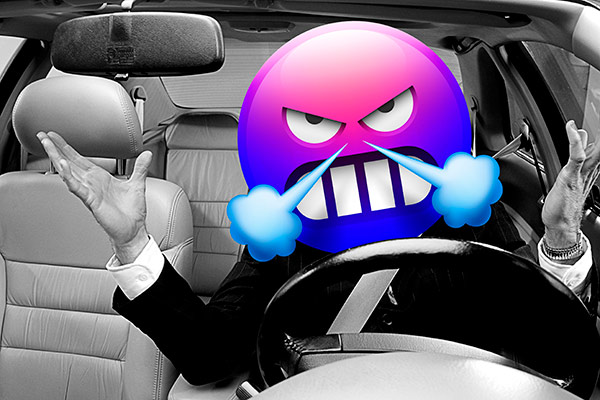 Defensive driving is actually the opposite of “road rage.” Don’t let other drivers’ aggressive tendencies rub off on you. Road rage often starts with one person’s hostility and causes a ripple effect on nearby drivers. You’ll be surprised at how often things can get heated on the road simply because someone gets cut off and then goes out of their way to “get back at” the other driver. But there are several ways to avoid road rage. Just play it safe—play it cool.
Defensive driving is actually the opposite of “road rage.” Don’t let other drivers’ aggressive tendencies rub off on you. Road rage often starts with one person’s hostility and causes a ripple effect on nearby drivers. You’ll be surprised at how often things can get heated on the road simply because someone gets cut off and then goes out of their way to “get back at” the other driver. But there are several ways to avoid road rage. Just play it safe—play it cool.
5. Don’t Get Distracted
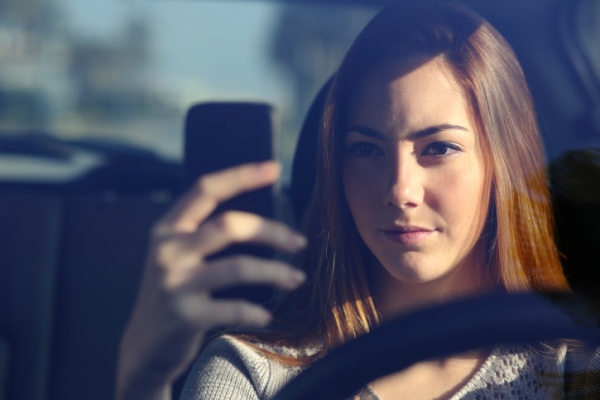 Defensive driving isn’t only about being reactive. It’s also about being proactive. One of the best ways you can avoid a collision on the road is by paying full attention at all times. Don’t engage in activities that take your eyes and attention off the road. Using your smartphone is a big one, and this distraction goes well beyond just texting—music, social media, and surfing the web all take your attention away from the road. (Think you’re up to speed on everything there is to know about distracted driving? Take the Distracted Driving Quiz, see how well you score, and give us your thoughts.)
Defensive driving isn’t only about being reactive. It’s also about being proactive. One of the best ways you can avoid a collision on the road is by paying full attention at all times. Don’t engage in activities that take your eyes and attention off the road. Using your smartphone is a big one, and this distraction goes well beyond just texting—music, social media, and surfing the web all take your attention away from the road. (Think you’re up to speed on everything there is to know about distracted driving? Take the Distracted Driving Quiz, see how well you score, and give us your thoughts.)
Defensive driving means protecting yourself from more than just other drivers. It’s about thinking ahead and anticipating hazards so you can avoid accidents before they happen.
It’s always good to assume that not everyone is paying attention or driving as carefully as you, but your preparation, perspective, and sense of accountability can make a huge impact on whether you arrive somewhere safely or put yourself at risk of an accident.
GEICO encourages everyone to drive defensively. Check out all the Safe Driving Resources available for teens and drivers of all ages. Then visit geico.com, get a quote, and see if you qualify for safe driver discounts. You might be surprised at how much you could save.
By Steven Scott
Read more: Defensive Driving Tips for Heavy Traffic

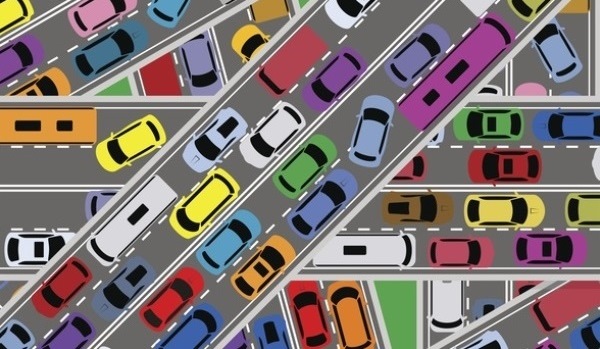


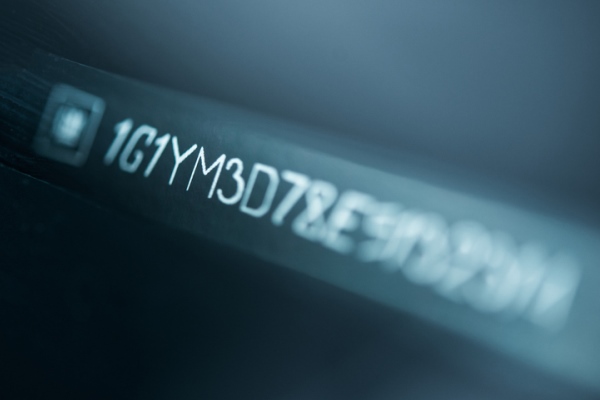
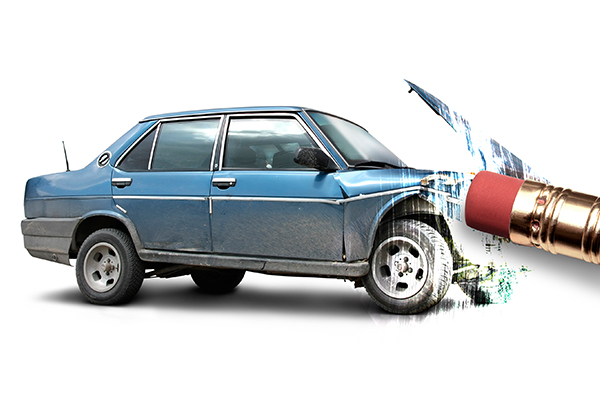
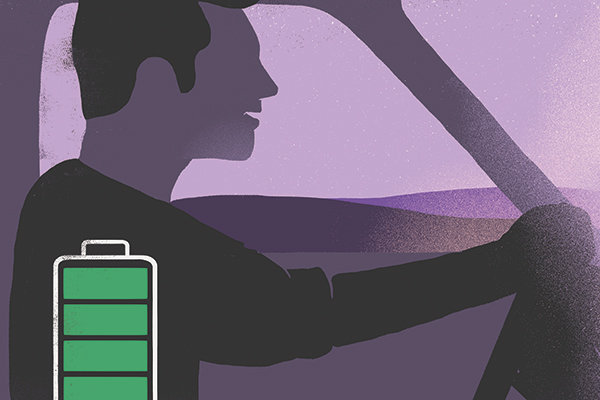
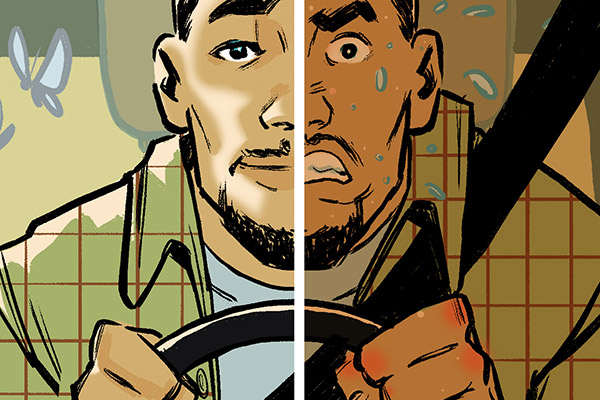
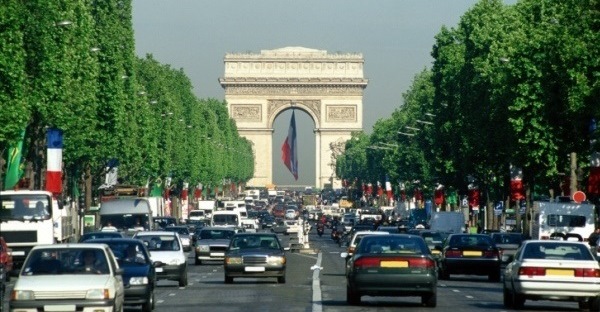
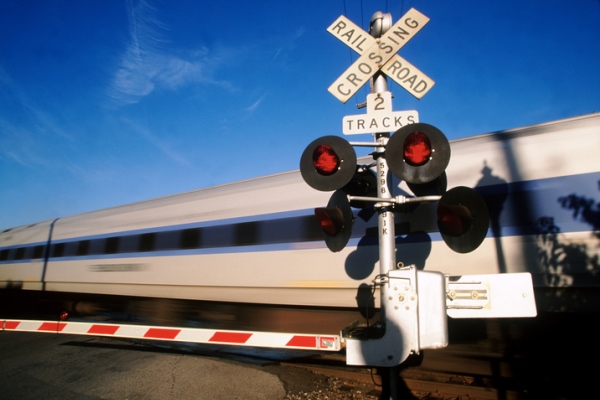
Linda says,
Thank you for this information. It is alway good to be reminded of this even though ALL will not read it. great info. thanks again
Ray hewett says,
All great tips being a class a driver that is always my case
Edward J. Lanchester II says,
I enjoyed the information that was presented and I found it to be very useful.
Andrei Simon says,
Very good tips, I think a lot of people need this course, especially daily commuters. They risk losing their lives & endangering others to save maybe 1min. off their commute for their perceived “faster” driving. Safe is fast if you followed the 5 steps above, you reach your destination on time. Fast is Slow a possible accident, you don’t reach your destination on time, you might kill someone else or yourself. Especially when driving around big vehicles such as buses & tractor-trailers.
A. Mathelier says,
I was happy to read all these good points out to my husband .I try my best on the road every day because of my kids .
Thomas McGlade says,
Thanks for the reminder. 🙂
Denise says,
The 5 ways to be a defensive driver was so helpful
connie hernandez says,
awesome, we all need to be reminded of driving as safe as possible
Ben says,
this is great! since i read this, do i get an insurance discount? ?
Ruth Guzman says,
It’s awesome
Roberta Ephraim says,
Thank You!! We ALL need reminders of Auto Safety & Courtesy on the Road! Take Care of our Fellow driver, as we would our neighbor!
Darlene says,
Hazard lights. In most states, it is illegal to drive with your hazard lights on. Many times, while driving in heavy rain, I see people driving with their hazard lights on. The lights are intended to be used if your car is a hazard because it’s broken down on the side of the road or has a flat tire. Driving with hazard lights on in poor visibility conditions is a hazard and could result in an accident if someone has to switch lanes or swerve because they think your car is broken down.
Ben says,
interesting. could you provide a citation on this? Personally, i wish more people would use hazard lights in the rain. Red tail lights alone are too faint to see.
Cloughoula says,
Hazard lights go hand-in-hand with slowing down, which one MUST do in heavy driving rain.
Cloughoula says,
And which is why signs in some states instruct truck drivers to use hazard lights when slowing down when acscending steep extended hills.
Darlene A. Moore says,
Your comments about driving safely are very good! We all know them but the refresher course is excellent !!!
Alan J. Boyance says,
When the evening comes 1. Turn your headlights on, the darkening shadows and the color of
your auto will make your car harder to see.
2. Do not drive with your parking lights on (They are called parking
lights for a reason). Your headlights even at twilight, make it
easier for others to see you.
Cloughoula says,
And headlights on during the daylight hours don’t hurt either. That is why some manufacturers provide their vehicles with daytime running lights (DRL).
Tammy Thompson says,
I’ve learned a lot by reading this when I’m driving down the road a lot of people doesn’t use your turn signals a boy that drives me nuts
Sharon says,
Never assume an intersection is safe. There is always going to be an idiot who will go through the light.
So Fl is so bad for this.